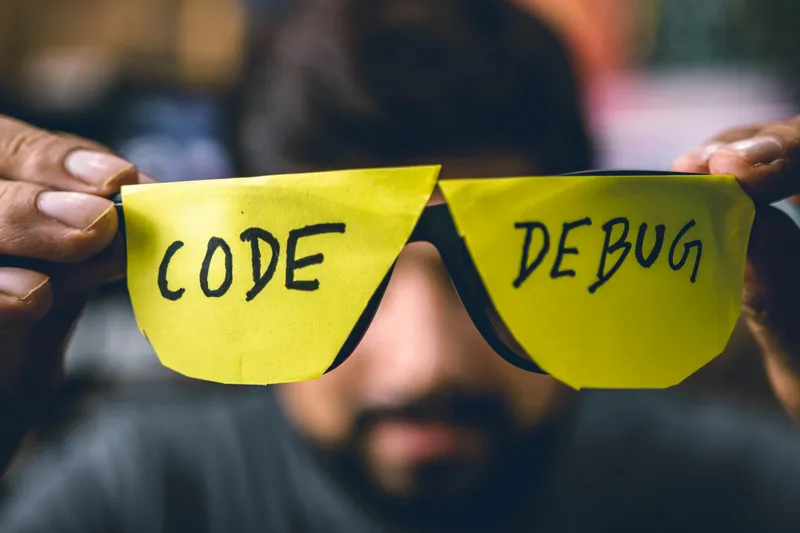
Exception Filters in .NET Framework: Goodbye to Try-Catch Hell
Exception handling in .NET Framework 4.8 using custom Exception Filters
Thoughts, examples, and ideas on code, chess, and everything in between.

Exception handling in .NET Framework 4.8 using custom Exception Filters

The N-Queens puzzle is a classic problem of logic and programming that has fascinated chess lovers
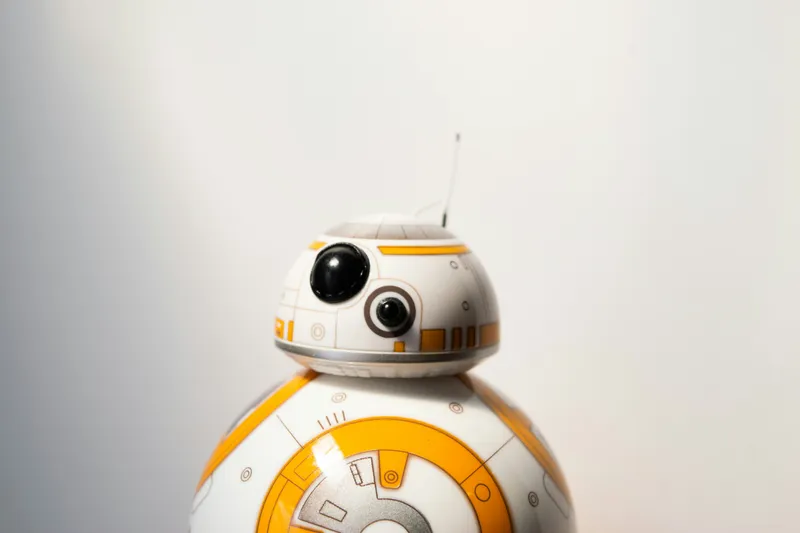
Artificial intelligence has redefined chess, introducing new ideas and strategies

Pawn structures are not merely static setups: they represent the DNA of a position.

Defense is not just resistance, it is a refined form of creativity. Few players embodied this concept like Tigran Petrosian

In dynamic and complex positions, chaos is not disorder: it is a fertile ground to break conventions and discover unexpected ideas.

Chess is often seen as a game of calculation and memory, but it hides a surprising dimension.
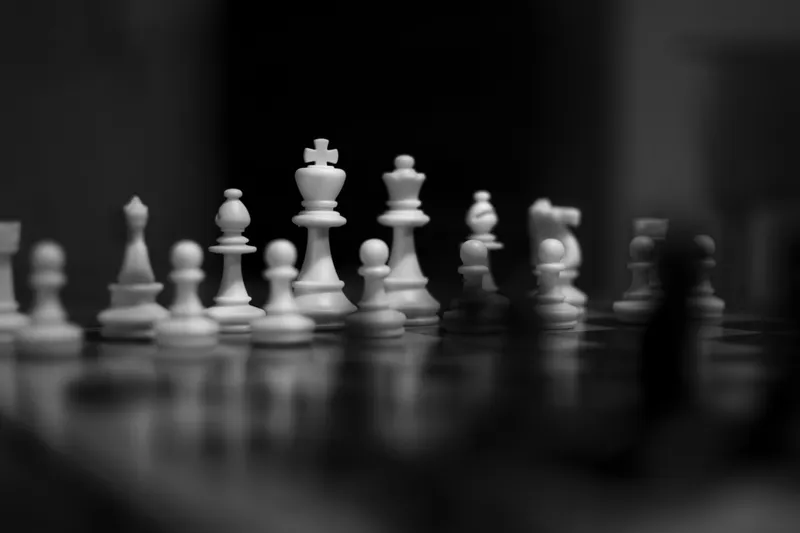
In the previous articles, I explored squares and diagonals, in this final episode I will shift our focus to ranks and files. I explored squares and diagonals, in this final episode I will shift our focus to ranks and files.

In the previous article I explored the meaning of the squares, the importance of the central ones and how they affect the game.
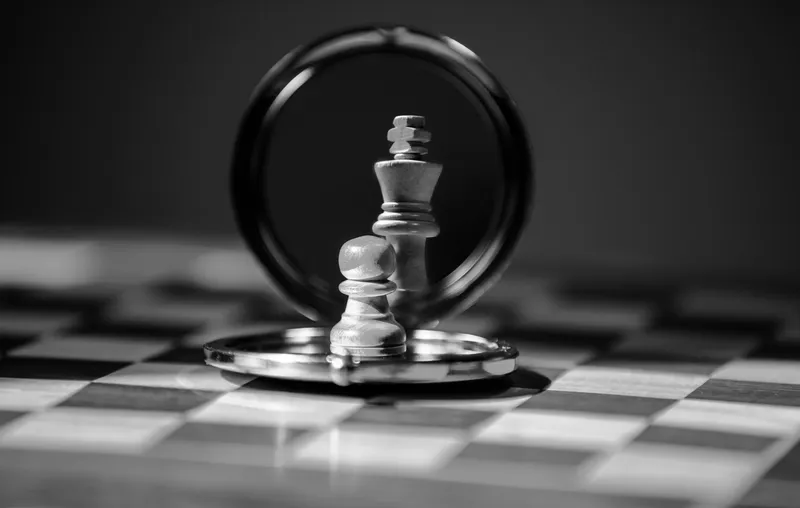
Really, what do we do with all these squares on a chessboard during a game?
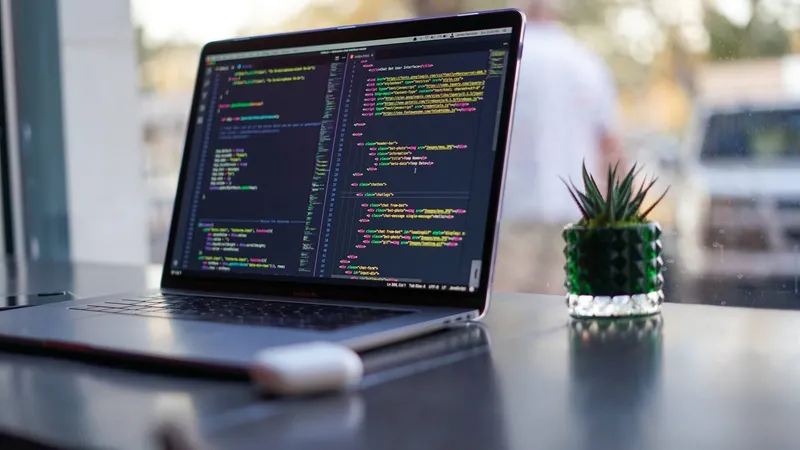
All of us write methods that return one value, string method return a string, int method return an int, but what do you do when you need to return more than one value?

In the previous article I talked about how, in my opinion, is possible to improve the code quality by storing keys/values in a dictionary instead of using switch or conditional statements.

Conditions are a basic concept of programming but best practices suggest to avoid excessive usage of if statements.

There are different ways to create Multi-Project Solution or Single Project solution from scratch, for example using the .NET command-line interface (CLI) or the Visual Studio (VS) GUI